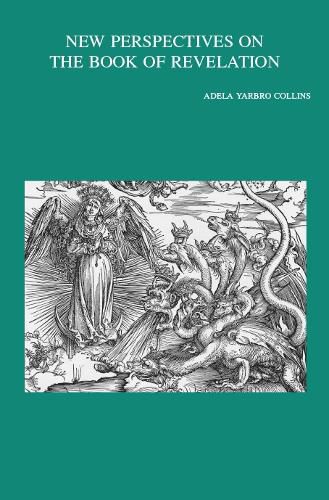Readings Newsletter
Become a Readings Member to make your shopping experience even easier.
Sign in or sign up for free!
You’re not far away from qualifying for FREE standard shipping within Australia
You’ve qualified for FREE standard shipping within Australia
The cart is loading…






This volume contains the proceedings of the 64th Colloquium Biblicum
Lovaniense (July 23-25, 2015) which dealt with the state of the
question in research on the book of Revelation and the exploration of
new perspectives and methods. Many interpretive issues continue to be
contested, such as the genre of the work. Is it an apocalypse, a letter,
or a book of prophecy? If it is all of these, how do the apocalyptic,
epistolary, and prophetic elements work together?
Certain classic or well established approaches to the book of
Revelation, such as the use of Scripture, the genre, establishing the
text, and its peculiar Greek were assessed. But also newer approaches
were represented, explored, and taken further, for example, the
construction of time and space in the work, theological issues raised by
the work (such as individual predestination), ethical issues (violence),
and various aspects of the history of interpretation, reception,
lecture, and Wirkungsgeschichte. Challenges in the
interpretation of images and symbols were addressed, both from an
historical critical point of view and in relation to the dependence of
results on the scholarly approach selected by the interpreter.
$9.00 standard shipping within Australia
FREE standard shipping within Australia for orders over $100.00
Express & International shipping calculated at checkout
This volume contains the proceedings of the 64th Colloquium Biblicum
Lovaniense (July 23-25, 2015) which dealt with the state of the
question in research on the book of Revelation and the exploration of
new perspectives and methods. Many interpretive issues continue to be
contested, such as the genre of the work. Is it an apocalypse, a letter,
or a book of prophecy? If it is all of these, how do the apocalyptic,
epistolary, and prophetic elements work together?
Certain classic or well established approaches to the book of
Revelation, such as the use of Scripture, the genre, establishing the
text, and its peculiar Greek were assessed. But also newer approaches
were represented, explored, and taken further, for example, the
construction of time and space in the work, theological issues raised by
the work (such as individual predestination), ethical issues (violence),
and various aspects of the history of interpretation, reception,
lecture, and Wirkungsgeschichte. Challenges in the
interpretation of images and symbols were addressed, both from an
historical critical point of view and in relation to the dependence of
results on the scholarly approach selected by the interpreter.